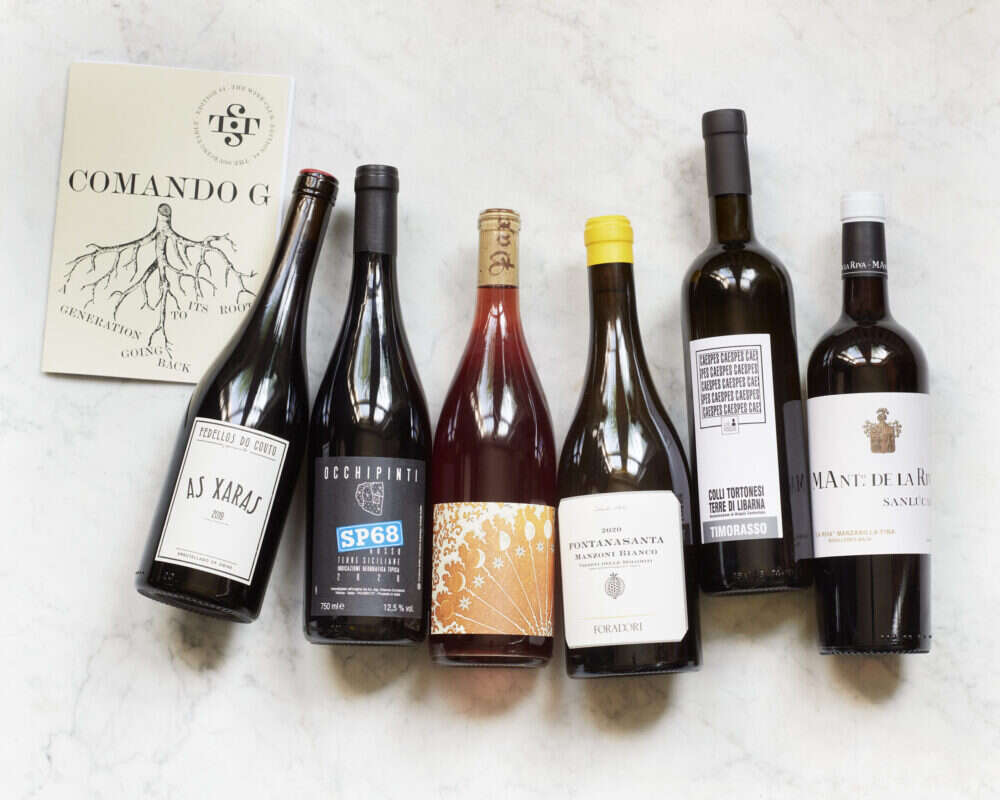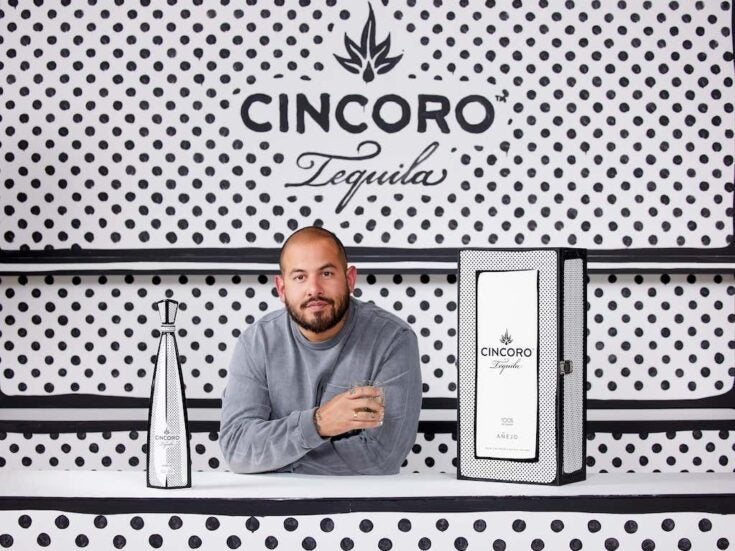
The pandemic created a huge expansion in luxury wine subscriptions and direct-to-consumer online sales. That growth has only continued since then, with the phenomenon showing no sign of abating.
Amid the devastation to the hospitality industry in the early days of the pandemic, fine dining saw some of the worst of it, with analysis estimating they lost three-quarters of their income in April 2020, compared to April 2019.
As chefs, restauranteurs and sommeliers scrambled to pivot their profession to a world of Zoom calls and no-contact deliveries, some business models were more successful than others. In fact, luxury wine subscriptions are still enjoying significant growth long after lockdown.
[See also: Debunking Fine Wine’s Biggest Myths]
The Sourcing Table was founded in October 2020 by Ben Henshaw, owner of London-based artisanal wine importer Indigo Wines, to supply restaurants and retailers. He saw the shifting demand for direct-to-consumer wine recommendations caused by the pandemic and, in December 2020, The Sourcing Table released its first Wine Club case.
The Sourcing Table’s quarterly Wine Club specializes in rare, limited-quantity bottles, and so has become quite exclusive. The first release was offered to just 64 members. By October 2021, this had grown by 136% and now it has a significant waiting list. They anticipate they will have grown around four-fold from their first case by the end of 2021.
“The pandemic has prevented our customers from dining out in restaurants or traveling around the world, and led them to be more open to exploring the world of wine from their own homes,” explains Ellen Doggett, a wine specialist and head of editorial at The Sourcing Table.
Doggett says they have seen a marked shift in customers’ prioritization of quality over quantity, and their desire to explore new wine styles, regions and producers. Customers are now far more likely to buy mixed cases, rather than large volumes of the same wine.
[See also: How Crurated is Reinventing the Fine Wine Club]
“The cases are expertly selected by fascinating wine experts, including award-winning sommeliers, wine writers and winemakers, who share their own insights on the bottles too. This satisfies the current interest for customers broadening their horizons, whilst also learning more about the wines they drink.”
Wine subscription services that were already in operation before the pandemic have seen this trend even more dramatically. Napa Valley-based Wine Access began its Wine Club subscription services in 2018, and now offers five different curated subscriptions, including the exclusive Michelin Prestige, a seasonal shipment partnering with Michelin-starred restaurants.
“We have a Master Somm and Master of Wine, using their relationships, going all over the world to find the best wines,” says Joe Fisch, CEO of Wine Access. “And we are passionate about perfect provenance, always ensuring that the way we tasted the wine in the cellar or the Chateau, is the same way it tastes in your home.”
Between March and June of 2020, Wine Access saw the number of active members of their Wine Club more than double. In fact, through the whole of 2020, their club membership grew six-fold. And the growth hasn’t slowed: in the first three-quarters of 2021, the number of members has tripled again.
Fisch says that, in addition to the growth in Wine Club membership, Wine Access is also seeing growth in sales of its highest priced wines. Between March and June of 2020, sales of bottles priced at $300 or more grew by almost 50%.
The second half of 2020 saw a decrease in high-value sales due to tariffs, but since then, 2021 has seen strong growth. In the first three-quarters of 2021, sales of $300+ bottles at Wine Access have more than doubled.
“Covid-19 was a catalyst for the movement to online wine, but I think we were eventually going here anyway,” says Fisch. “So it may have come five or 10 years, but now that they’ve started buying wine online, I don't think people are going to stop.”
[See also: Beth Novak Milliken on Inspiring Change in Napa Valley]






